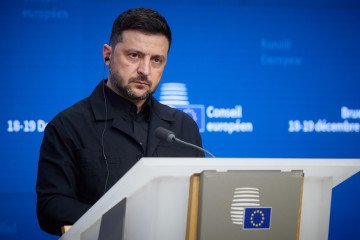- Category
- Latest news
Ukrainian Drone Strike Destroys Rare RKhM-4 Chemical Recon Vehicle, Video
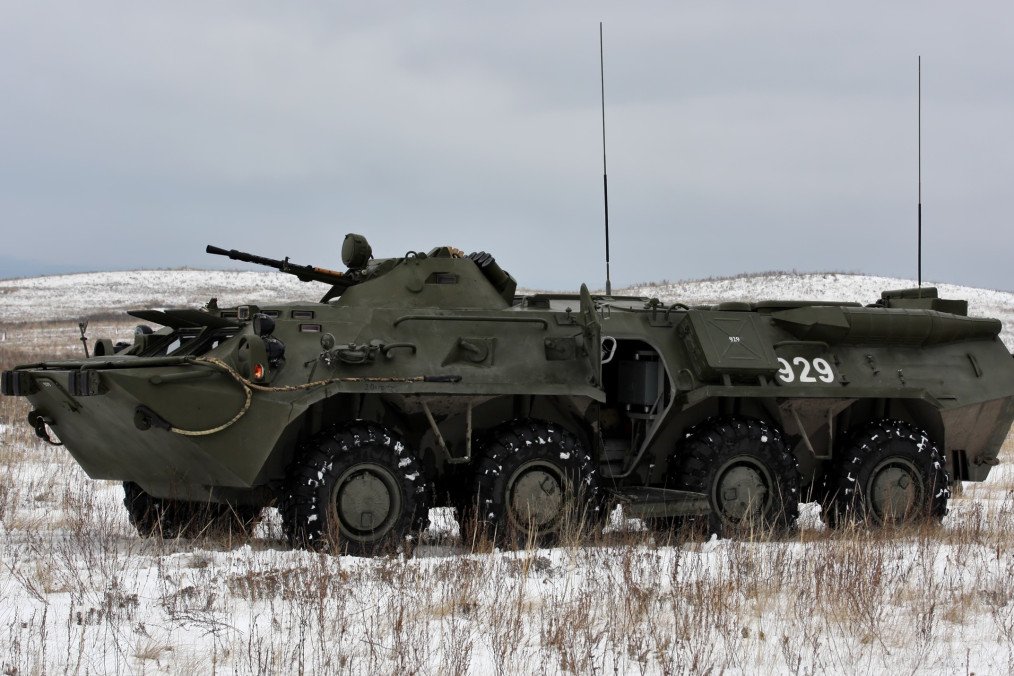
Ukrainian fighters from the “Rarog” separate unmanned systems regiment have successfully destroyed a rare and unique piece of Russian military equipment—the reconnaissance chemical vehicle RKhM-4—on the eastern front. The video of the strike was published by the regiment via Telegram on April 1.
This vehicle is considered a rare asset, with only a few dozen RKhM-4 units ever produced by the Soviet Union for reconnaissance in contaminated zones.
Despite its limited numbers, the vehicle, built on the BTR-80 chassis with similar tactical and technical characteristics, was sent into combat, where it was ultimately destroyed.
@united24media.com Ukrainian Drone Strike Destroys Rare RKhM-4 Chemical Recon Vehicle, Video source: “Rarog” separate unmanned systems regiment
♬ original sound - united24media.com
The RKhM-4 is a Soviet-era reconnaissance vehicle designed for detecting chemical, biological, and radiological threats in contaminated environments.
It combines mobility and protection with specialized equipment for environmental monitoring. Its primary function is to assess the level of contamination in the battlefield, helping military units avoid hazardous areas and ensure the safety of troops.
Equipped with sensors to detect chemicals, radiation, and biological agents, the RKhM-4 provides real-time data, allowing commanders to make informed decisions about troop movements and decontamination efforts.
While not a combat vehicle, it plays a crucial role in reconnaissance, especially in scenarios involving potential chemical or nuclear warfare.
Earlier, Ukrainian forces have successfully struck Russian military equipment on the eastern front, destroying a T-90M tank worth $4.5 million and damaging another, according to the “Khortytsia” operational and strategic group on March 31.


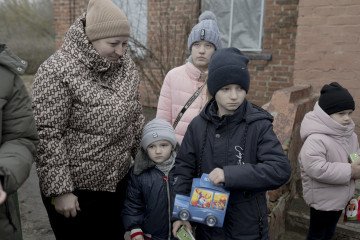

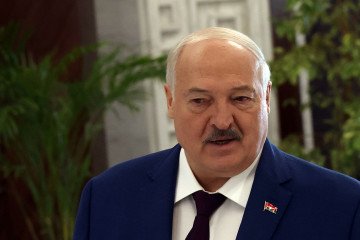
-72b63a4e0c8c475ad81fe3eed3f63729.jpeg)
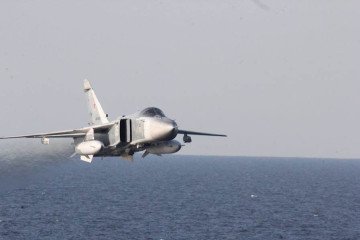
-111f0e5095e02c02446ffed57bfb0ab1.jpeg)
